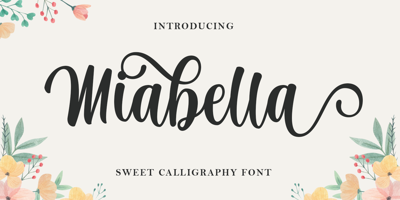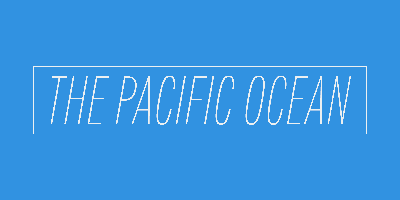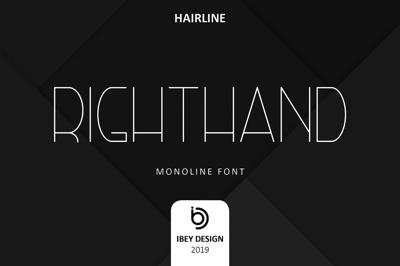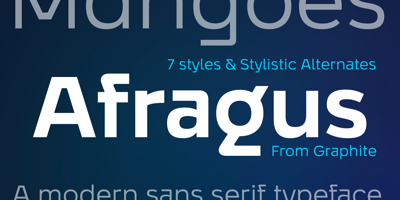Font Pairing Made Easy: 5 Combinations That Always Work
Font Pairing Made Easy: 5 Combinations That Always Work
Font pairing is often described as a dark art. You've found two typefaces you love, but when you put them side-by-side, they clash like polka dots and stripes. The truth is, mastering typography isn't about luck; it's about understanding contrast and harmony.
Great font pairing creates a clear hierarchy, guides the reader’s eye, and adds sophistication to your design. It ensures your heading grabs attention while your body text remains effortlessly readable.
Forget the endless experimentation. We’ve broken down the fundamental rules of font harmony and provided 5 foolproof combinations that rely on readily available, high-quality free fonts. You can plug these into your next website, brochure, or presentation, guaranteed to work every time.
The Golden Rules of Font Pairing
Before diving into the combinations, remember these two essential principles:
1. Maximize Contrast in Category
Your best pairings will feature two fonts that are distinctly different. The most reliable contrast is the age-old battle: Serif vs. Sans-Serif. This immediately establishes two visual roles—one for elegance/authority, one for clarity/modernity.
2. Maximize Harmony in Mood
While the categories should contrast, the mood or intent of the fonts should align. Don't pair a sleek, futuristic sans-serif with a rough, grungy display font. Look for fonts that share a similar internal structure, color, or stroke weight (even if one has serifs and the other doesn't).
5 Foolproof Font Combinations
These pairings use widely available free fonts, many of which can be found on freeforfonts.com or other reputable open-source libraries.
1. The Classic Corporate Powerhouse
This combination is the gold standard for professionalism, offering an elegant contrast between historical trust and modern reliability.
-
Heading (Serif): Playfair Display
-
Vibe: High contrast, sophisticated, and luxurious. Its dramatic thick/thin strokes draw the eye.
-
-
Body (Sans-Serif): Montserrat
-
Vibe: Geometric, versatile, and neutral. It provides a clean, modern anchor for the body text.
-
-
Why it Works: Playfair Display adds high-end polish and formality, while the geometric structure of Montserrat ensures optimal legibility on screens and in print. This is perfect for branding, editorial design, and high-end services.
2. The Modern, Readable Blog
This pairing prioritizes readability above all else, making it the perfect choice for lengthy articles, educational content, or web applications.
-
Heading (Sans-Serif): Roboto
-
Vibe: Clean, machine-like, but with friendly, open curves. It’s highly optimized for digital reading.
-
-
Body (Serif): Merriweather
-
Vibe: Designed specifically for comfortable reading on screens. It has a large x-height (tall lowercase letters) and a sturdy build.
-
-
Why it Works: Using a sans-serif for the headline keeps the design feeling modern and clear, while the serif body text guides the reader's eye through long paragraphs without fatigue. This is ideal for blogs, e-commerce product descriptions, and news sites.
3. The Minimalist Startup Kit
When you need a clean, approachable, and non-distracting aesthetic, this combination offers subtle harmony while fulfilling the necessary contrast.
-
Heading (Slab-Serif): Arvo
-
Vibe: Sturdy, academic, and authoritative. The chunky slab serifs give the headline weight.
-
-
Body (Sans-Serif): Open Sans
-
Vibe: Neutral, friendly, and transparent. It's the perfect font to simply get out of the way and let the content shine.
-
-
Why it Works: Arvo's robust serifs provide enough contrast to make the headline pop, while Open Sans maintains the clean, minimalist overall mood. This combination is great for tech companies, corporate presentations, and minimalist portfolios.
4. The Expressive and Creative Duo
Sometimes a project needs personality, especially in display work like posters or social media graphics. This pair uses two highly distinct fonts while maintaining a cohesive, elegant feel.
-
Heading (Script/Display): Allura
-
Vibe: Flowing, cursive, and feminine. Use it for short, high-impact phrases.
-
-
Body (Serif): Lora
-
Vibe: Contemporary serif with subtle, elegant curves. It provides a sophisticated backdrop.
-
-
Why it Works: Allura is too complex to be used for long text, but it adds the necessary human touch and flair to the title. Lora’s gentle curves echo the elegance of the script without being too distracting. This is excellent for invitations, beauty brands, and artistic websites.
5. The Bold, Condensed Statement
For projects that require a high-energy, industrial, or space-saving look, you need a strong contrast in width and weight.
-
Heading (Condensed Sans-Serif): Oswald
-
Vibe: Narrow, strong, and powerful. It demands attention and maximizes space in a tight layout.
-
-
Body (Sans-Serif): Lato
-
Vibe: Warm, semi-rounded, and robust. It provides a comfortable visual break from the rigid headline.
-
-
Why it Works: Both are sans-serifs, but the extreme contrast in width (Oswald is very narrow, Lato is standard width) creates visual interest. Oswald delivers the punch, while Lato ensures the rest of the text is legible. This is perfect for posters, banners, app headings, and sports branding.
By following the rule of contrasting categories but harmonizing mood, you can stop guessing and start creating typographic designs that are professional, polished, and powerful.





